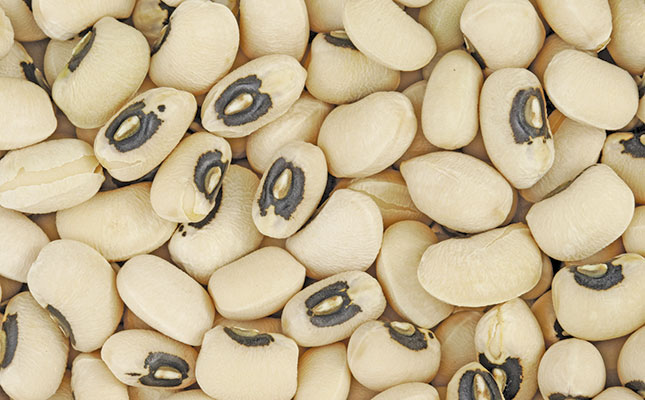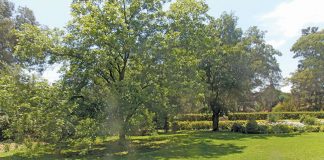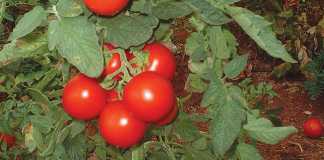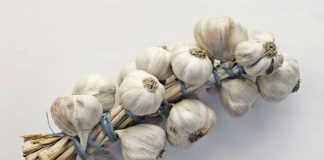
Photo: FW Archive
Dry beans are legumes. They form seed pods that tend to split when the seeds are mature. Three bean species are grown in South Africa: the common bean Phaseolus vulgaris, which includes varieties such as small white and red speckled or sugar beans, the tepary bean (Phaseolus acutifolius) and the large white kidney bean (Phaseolus coccineus).
Dry beans were once known as ‘poor man’s meat’, because they are cheaper and have more protein than an equal amount of red meat.
READ: What to do after planting your green beans
Why dry beans?
They are also healthy: they contain no cholesterol, and are rich in niacin, thiamine and many other nutrients necessary for normal growth and to build body tissues. Beans are also high in potassium, which is required for the normal functioning of nerves and muscles.
Optimal warm temperature
The dry bean is an annual crop which thrives in a warm climate. It grows best at a temperature of between 18°C and 24°C. Very hot weather (30°C and higher) during the flowering stage leads to the abscission (shedding) of flowers and a low pod set, reducing yield. On the other hand, a daylight temperature of below 20°C will delay maturity and result in empty seed pods.
Soil selection: a crucial aspect
Beans have to be planted in warm soil (preferably above 13°C) after all danger of frost has passed. They grow best in soil that is at least 90cm deep. Sandy loam, sandy clay loam, or clay loam with a clay content of between 15% and 35% are all suitable. With sandy soil, low fertility or nematode damage will result.
Beans prefer a soil pH of 5,8 to 6,5, and are highly sensitive to acidic soil. They will also not grow well in soil that is compacted, too alkaline or poorly drained.
Seed quality
Use disease-free (certified) seed with a germination percentage of 80% or higher. The higher cost is slight compared with probable yield losses. Low-quality seed can result in a poor stand, uneven maturity, harvesting problems and yield loss.
Disease-free seed will reduce the incidence of seed-borne diseases such as bean common mosaic virus (BCMV), bacterial diseases (common blight, halo blight and bacterial brown spot), or the fungal disease anthracnose.
Planting date
Planting dates in SA range from November to mid-January in areas where frost occurs. In frost-free areas, March and April are best for planting beans. The large white kidney bean is an exception; it is planted from mid-November to mid-December and is not adapted to winter production.
Cultivar choice
Dry beans are classified according to colour and seed size, growth habit, and growing season.
Colour and seed size
- Small white beans: 15g to 25g/100 seeds, used mainly for canning (10% to 20% of local production).
- Red speckled or speckled sugar beans (red speckles on a beige background): 40g to 55g/100 seeds (65% to 75% of local production.
- Large white kidney beans: 80g to 100g/100 seeds (5% to 10% of local production).
- Carioca beans (khaki stripes on a beige background): 20g to 25g/100 seeds (3% to 5% of local production).
- Alubia beans (large and white): 45g to 55g/100 seeds (1% to 5% of local production).
Growth habit
Type 1: determinate or bush type.
Type 2: indeterminate compact upright.
Type 3: indeterminate runner type (short runners).
Growing season
The temperature, especially at night, determines the length of the cultivar’s growing season. This can vary as follows:
- Short (85 days to 94 days).
- Medium (95 days to 104 days).
- Long (105 days to 115 days).
Why ‘dry’ beans?
Dry beans derive their name from maturing on the plant until the pods have dried. The entire plant is then pulled up, placed in the shade and allowed to dry for an additional one to two weeks.
Thereafter, the dried pods are split and the beans removed. Dried beans are usually boiled after being soaked in water for several hours. Soaking shortens cooking time and results in more evenly-textured beans.
In addition, it removes about 7% of the gas-producing sugar that can cause flatulence for some people, says Irma Rombauer in The Joy of Cooking. Green beans also belong to the dry bean family, and belong to the Phaseolus vulgaris species.
However, green beans have such tiny seeds that they’re not worth harvesting, so the pod is eaten along with the seeds.
Source: ‘Dry Bean Production’, edited by Dr AJ Liebenberg (Directorate Agricultural Information Services, department of agriculture, in co-operation with the ARC-Grain Crops Institute).













